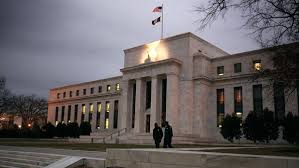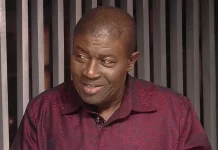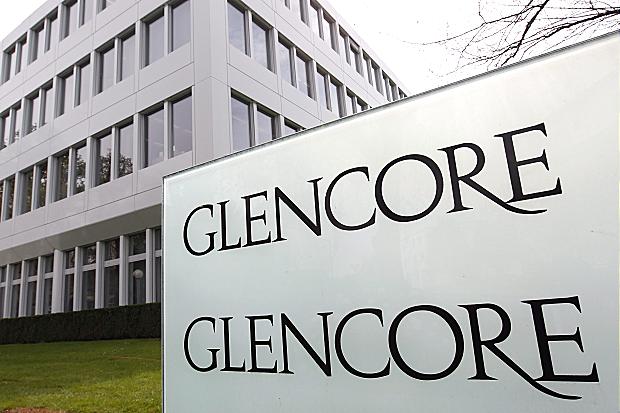
The last time the Federal Reserve raised its target interest rate, the decision did not seem such a big deal. It was June 29, 2006, US inflation was running at 4 per cent, stock markets had been rising unremarkably for 18 months, and everybody knew the rise was coming.
The Fed’s brief communique, in which it removed its customary commitment to raise again at its next meeting, was enough to prompt a big rebound for stock markets. This was in the jargon being used ahead of today’s meeting, a “dovish hike” – a rise accompanied by hints it need not be followed by another. It is highly unlikely that a rise this week, after increasingly feverish speculation, would be greeted so calmly. To see why, see how the world has changed in the intervening nine years.
Then, the Fed’s governors reported, with fateful understatement, there was “a gradual cooling of the housing market”. That gradual cooling turned into a crash for housing prices that sparked the deepest credit crisis in almost a century, and an unprecedented monetary stimulus in response. There were plenty of precedents to guide the Fed then; there are few or none now.
US consumer price inflation, double the 2 per cent target then, now stands at 0.2 per cent. Unemployment was lower then than now. These are the two key targets of the Fed’s official mandate, and make a rise far harder to justify now.
The commodity “supercycle” has turned since 2006. Over the ensuing two years, oil prices doubled then crashed. They are now a third lower than they were that June. The pressure, if anything, is towards deflation. The effervescent source of growth from emerging markets is now lacking. They have given up their gains, with investors preoccupied by the risk of a slowdown in China.
A final issue is that bond markets have changed. Banks’ near-death experience during the crisis, and the subsequent imposition of far heavier regulation, has left the dealers who drive the market for bonds with far less capacity, even as far more debt has been issued to take advantage of persistent lower rates.
Swings in bond yields, for little apparent reason, emphasise that a doubling of rates could create a disproportionate reaction as sellers fail to find willing buyers. In such circumstances, the fact of a rate rise could overwhelm any reassuring accompanying message. The last rate rise was “dovish” – achieving the same effect again will be far harder.
BY JOHN AUTHERS





























